Geomagnetic storm alert issued! NOAA says solar wind could trigger solar storm on March 9
NOAA forecasters have issued a geomagnetic storm alert as solar wind could graze Earth’s magnetic field, which could trigger a solar storm due to the Russell-McPherron effect.
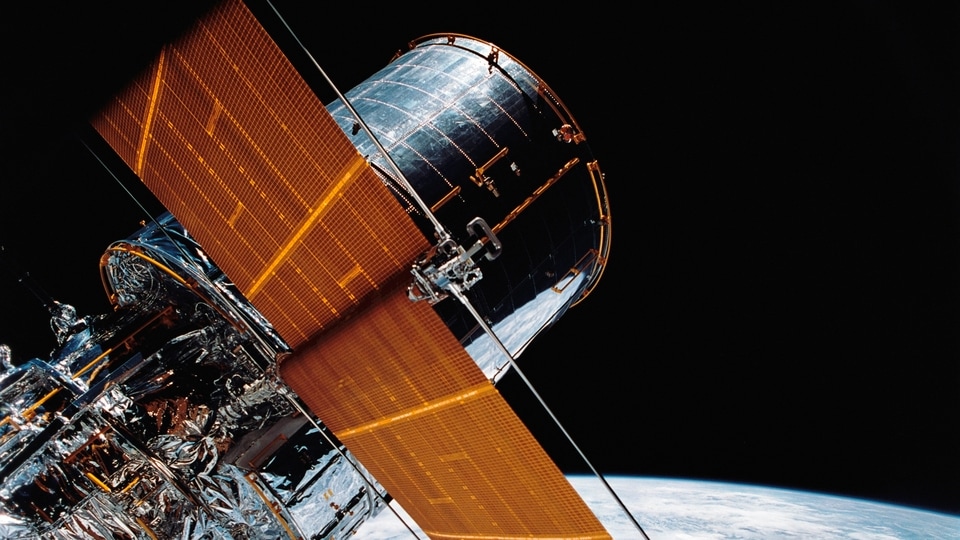
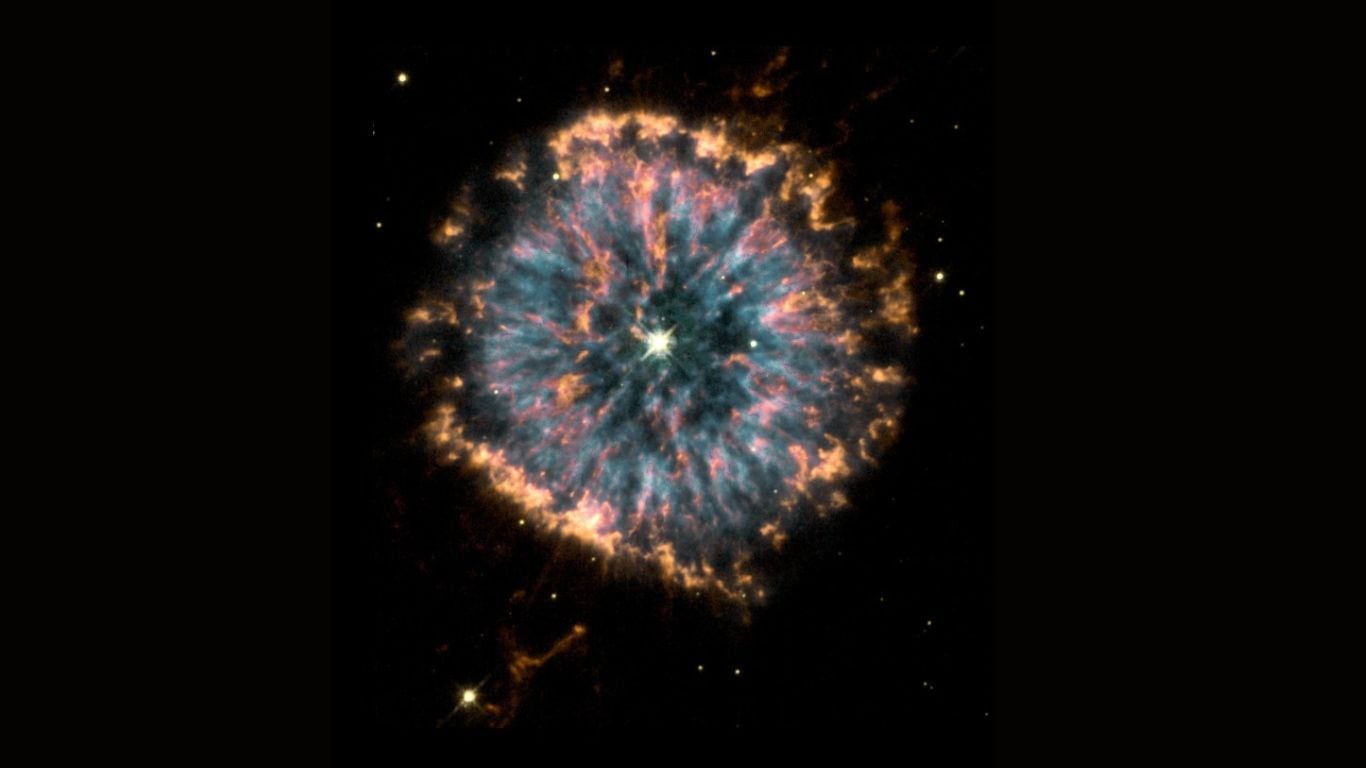
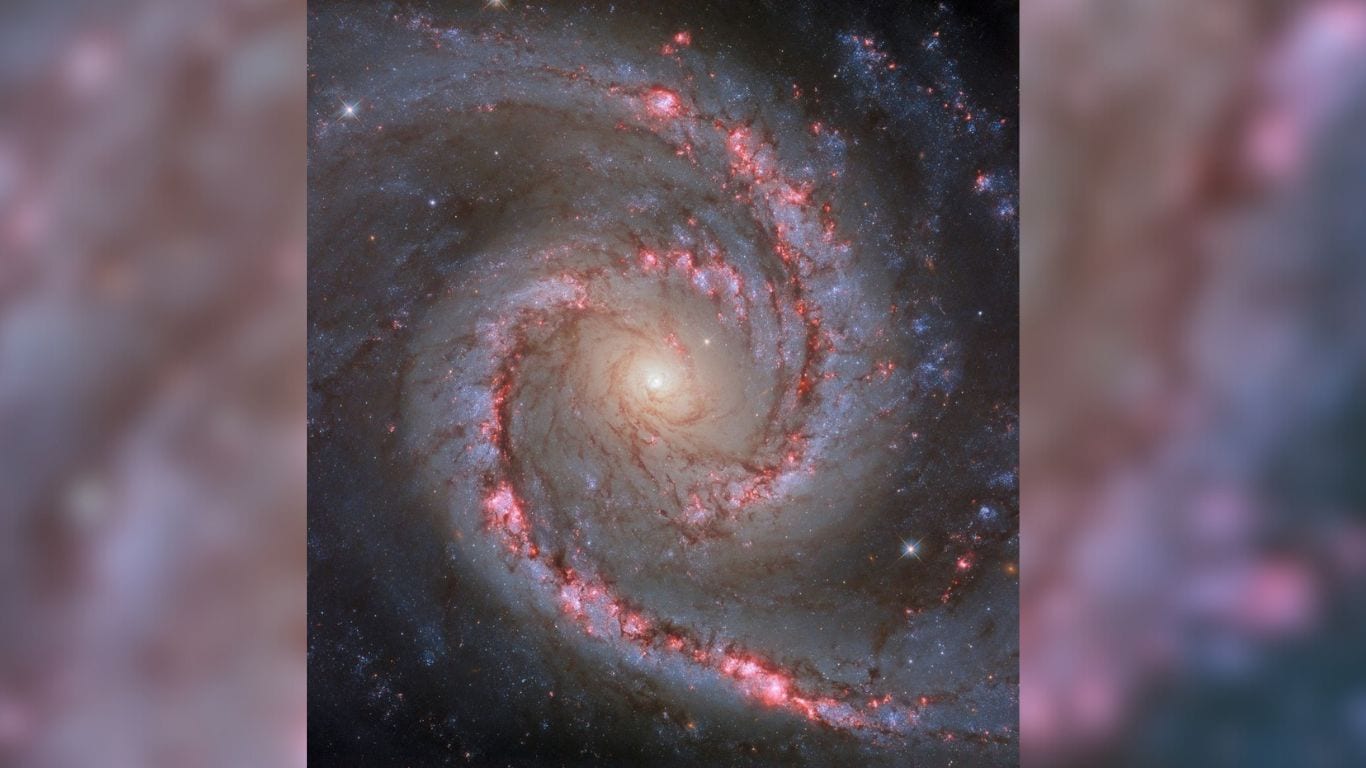
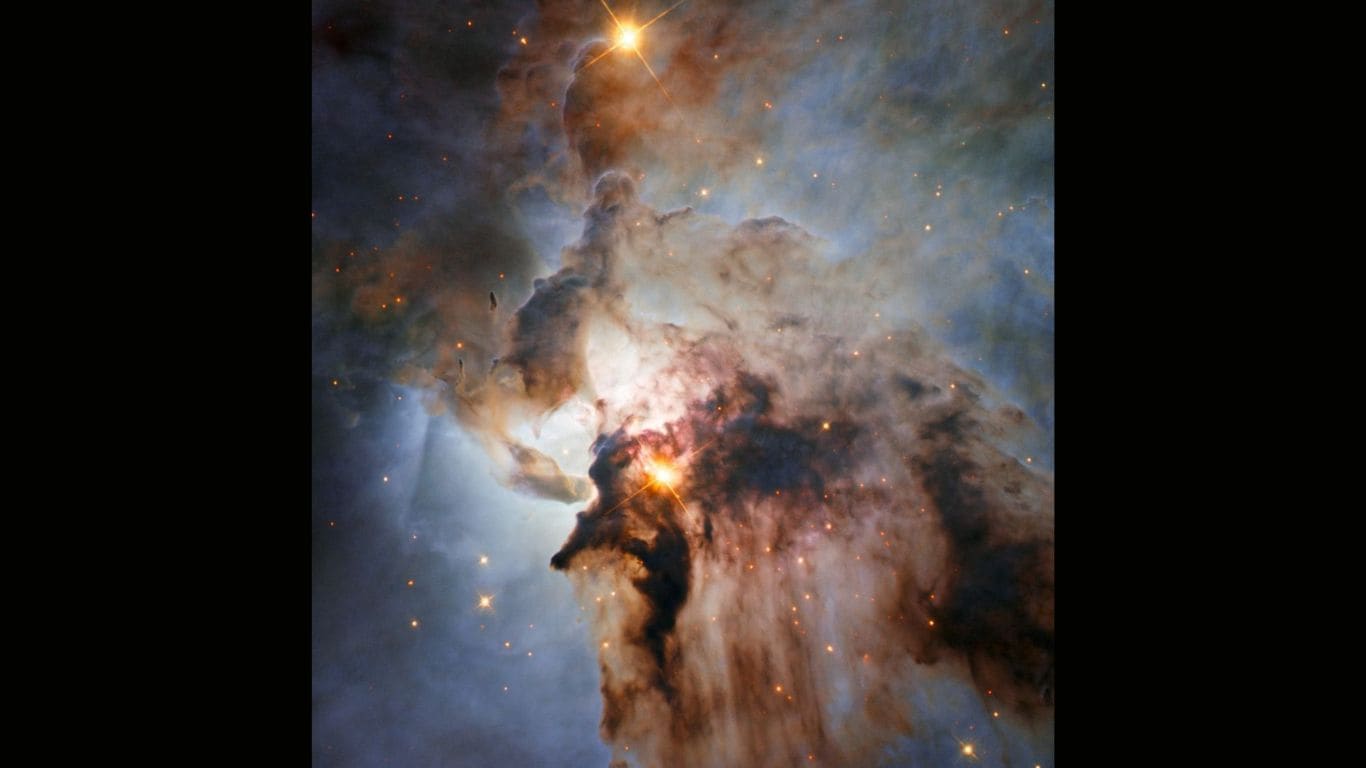
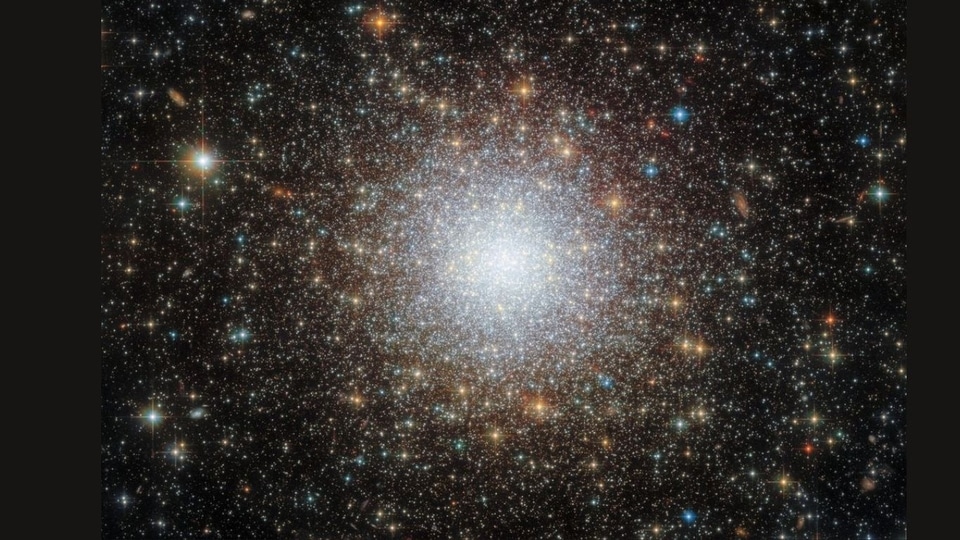

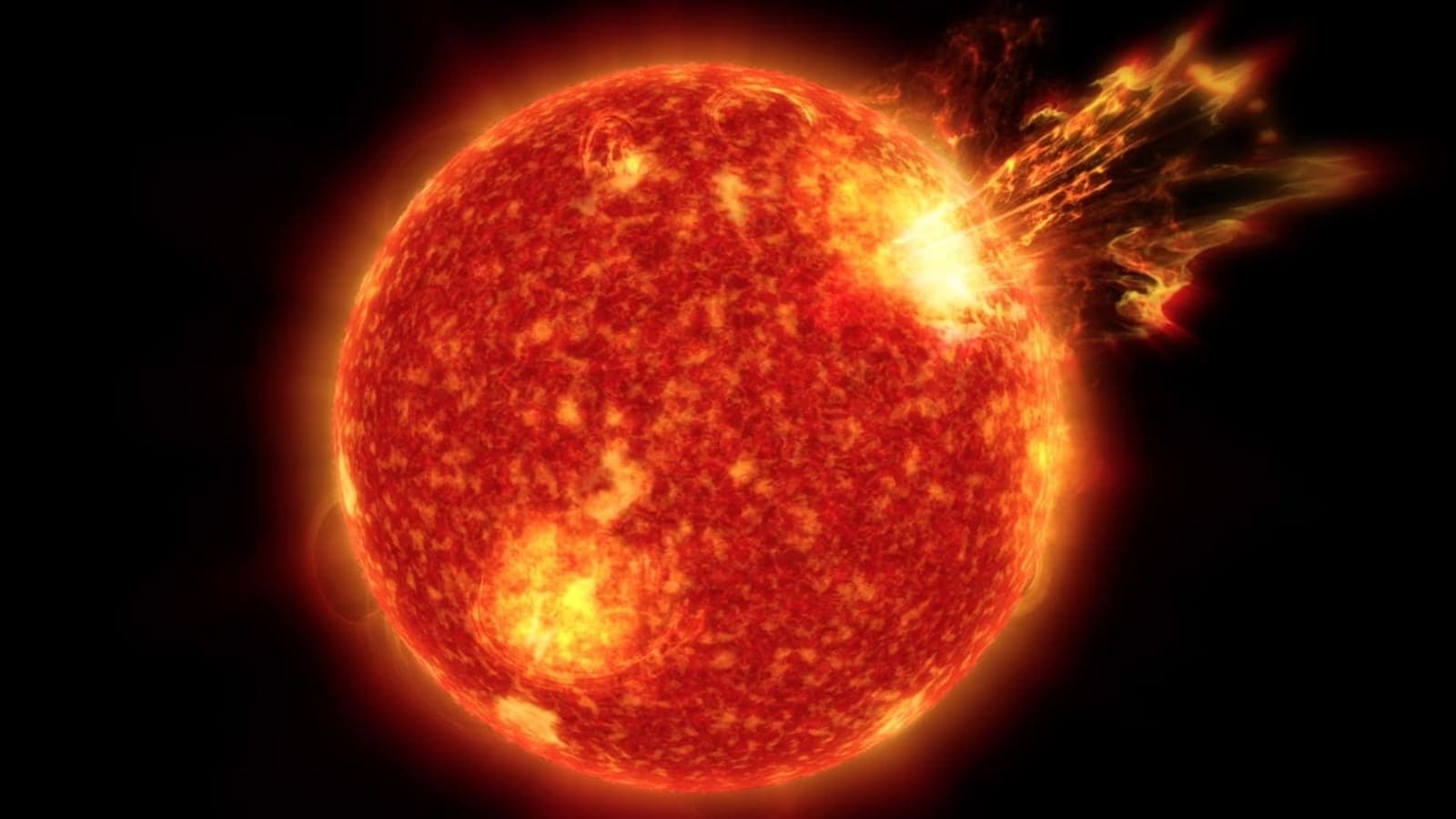
 View all Images
View all ImagesJust a few days ago, an M-class solar flare hit Earth and sparked a G2-class geomagnetic storm. This is amidst the rising solar activity during the current solar cycle 25, which is expected to enter its peak this year. Consequently, the planet has witnessed a growing number of solar particles, CMEs, solar flares, solar storms and geomagnetic storms in the last few months, and it is expected to rise further. Now, a geomagnetic storm alert has been issued which could trigger a solar storm.
Also Read: Volatile Sunspot all set to spew out solar flare
Geomagnetic storm alert
According to a report by spaceweather.com, forecasters at the National Oceanic and Atmospheric Administration (NOAA) have issued a minor geomagnetic storm alert as a G1-class geomagnetic storm could hit Earth on March 9. This is due to a flowing solar wind which could graze Earth's magnetic field and trigger a solar storm.
NOAA forecasters say that this solar wind impact would not have caused a geomagnetic storm if not for the Russell-McPherron effect. The report states, “Normally, this low-impact solar wind stream wouldn't cause a magnetic storm. However, at this time of year, even a gentle gust of solar wind can do the job because of the equinox Russell-McPherron effect.”
Also Read: Geomagnetic storm sparks stunning auroras around the Arctic Circle
What is the Russell-McPherron effect?
Although most solar activity erupting from the Sun is shielded by Earth's magnetic field, scientists have observed a crack in that field which could allow dangerous solar winds to pass through. This crack is likely due to a Vernal Equinox effect called the Russell-McPherron effect, which is less than two weeks away.
During the Vernal Equinox, the Sun is directly above the equator, causing the day and night to be of the same duration. As a side effect, there is semiannual variation in the effective southward component of the interplanetary field. Cracks form in the Earth's magnetic field which could allow even weak solar winds to seep through, says NASA.
One more thing! We are now on WhatsApp Channels! Follow us there so you never miss any updates from the world of technology. To follow the HT Tech channel on WhatsApp, click here to join now!
Catch all the Latest Tech News, Mobile News, Laptop News, Gaming news, Wearables News , How To News, also keep up with us on Whatsapp channel,Twitter, Facebook, Google News, and Instagram. For our latest videos, subscribe to our YouTube channel.





























